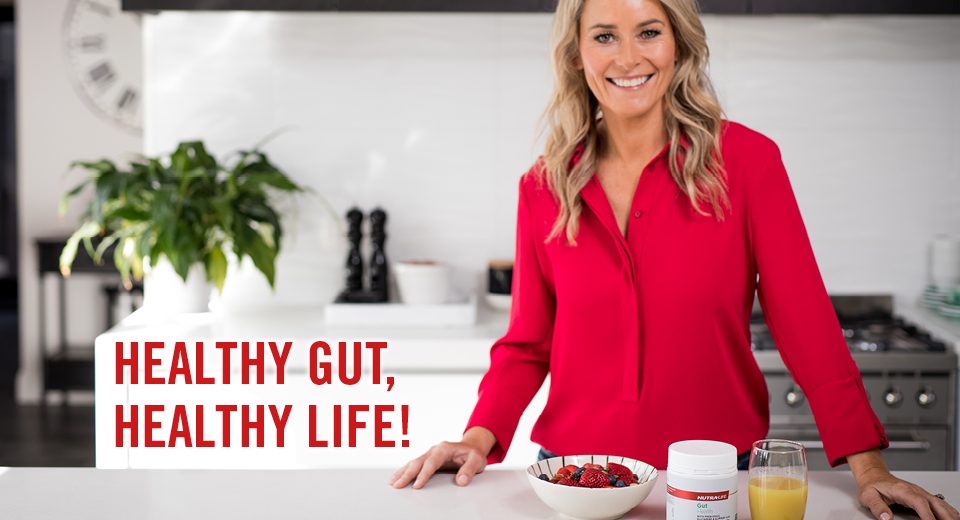
Which Foods Can Boost Your Memory
June 1, 2017
4 simple food swaps that to help keep your energy levels up
July 18, 2017Dealing With Kids That are Picky Eaters

When it comes to serving your kids nutritious meals, most parents will have experienced – at least once ‐ being confronted with screwed up faces and a blatant refusal to try certain foods. Unfortunately it is most often vegetables that appear to be the culprit when it comes to bringing out the devil in your usually angelic child. Meal times can become a battle of wills which, at the end of a busy day looking after children or fighting fires at the office, can create a huge amount of unnecessary stress and angst.
Rest assured, however, that most kids will not stay picky eaters forever! Whilst they are, you can follow some simple steps to make meal times less stressful:
Make healthy options a part of your normal routine – having a piece of fruit after a meal is a nice habit to get into as children value healthy options whilst giving a sweet ‘treat’. It also means that if kids do not want to eat all their dinner, at least you know that their ‘sweet’ dessert option is healthy.
Don’t use food as a reward – when you tie positive behaviour to a treat which is usually high in sugar (if you eat your vegetables, you can have some ice‐cream), your life becomes a battleground of compromise on food. Instead, place the value on good foods and let kids eat until they are full, rather than until they get a reward.
Make good food choices yourself – you are the best model for your children’s eating behaviour. Make sure they see you eating – and enjoying ‐ a wide range of healthy foods.
Eat meals as a family ‐ this often takes the focus of the food itself as everyone has the opportunity to share a part of their day and enjoy each other’s company.
Have healthy snacks on hand – there are some sneaky and easy ways to get some nutritious foods into your kids. Snacks such as carrot sticks and hummus, rice or corn cakes with nut butter, sticks of celery with peanut butter or ricotta and sultanas, dried fruits, homemade muesli bars (use natural muesli and mix with a little bit of oil, honey and egg to bind, then bake in the oven for 25 minutes).
Let kids eat when they are hungry – rather than enforcing your schedule on your kids, allow them to sometimes choose when they are ready to eat.
Hide vegetables in everything! Grated (eg., carrot, zucchini) and finely chopped (eg., broccoli, capsicum, snow peas, asparagus) vegetables as well as peas and corn can be added to all sorts of kid ‐ friendly dishes such as bolognaise sauce, pasta bakes, cheese and vegetable savoury muffins, and frittatas.



